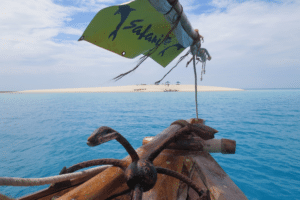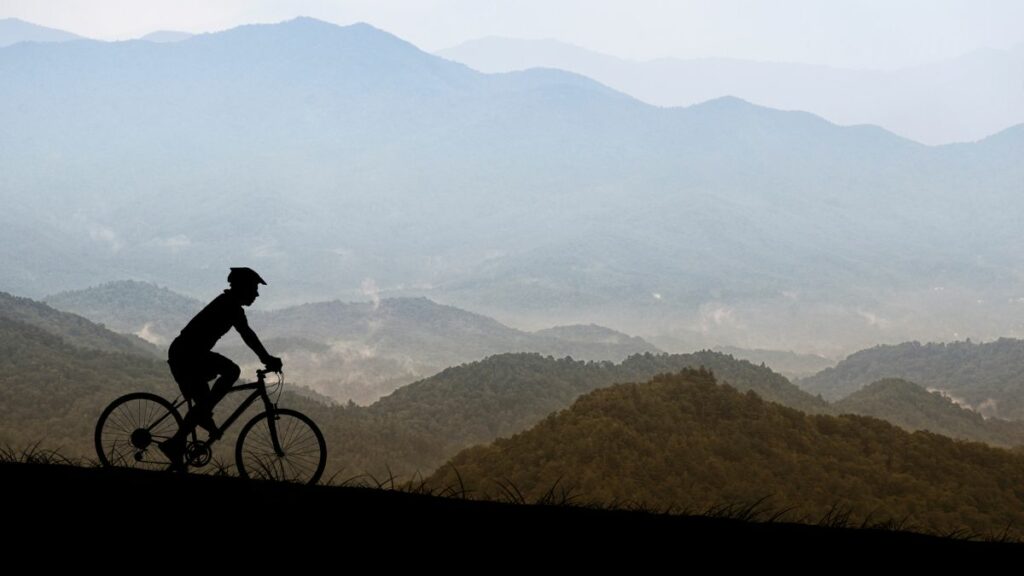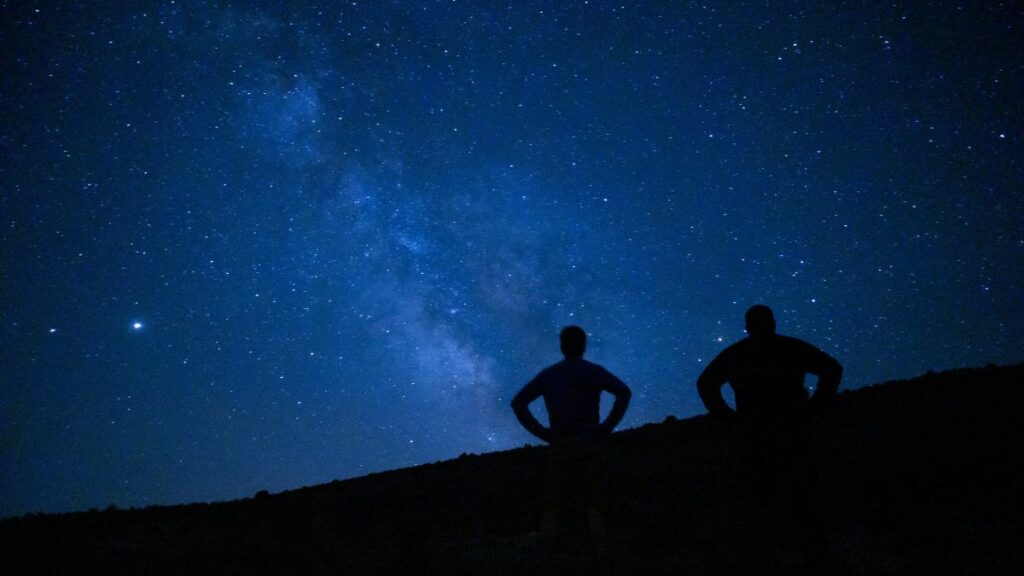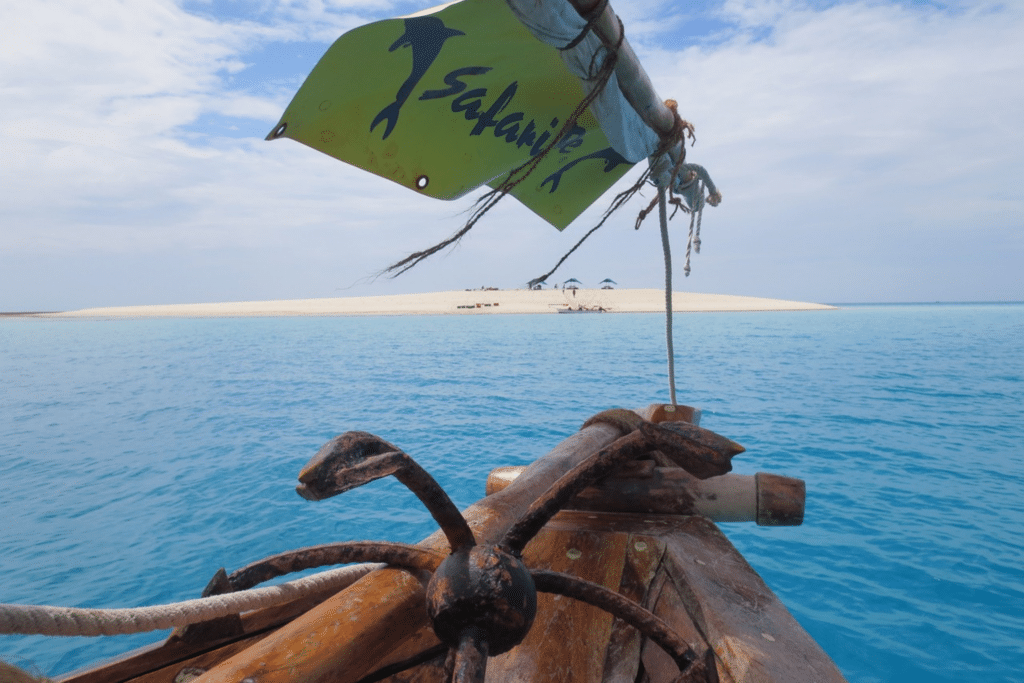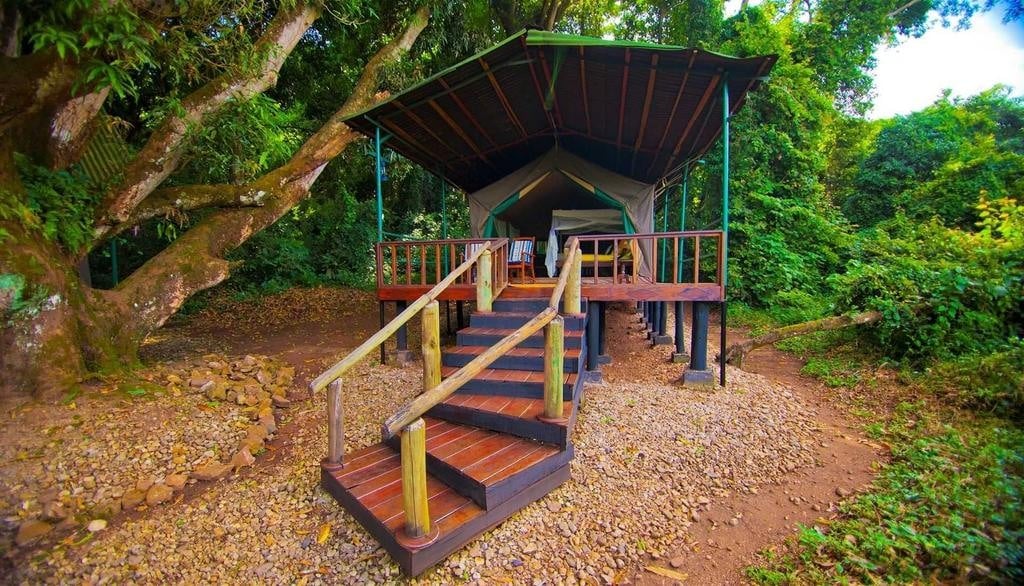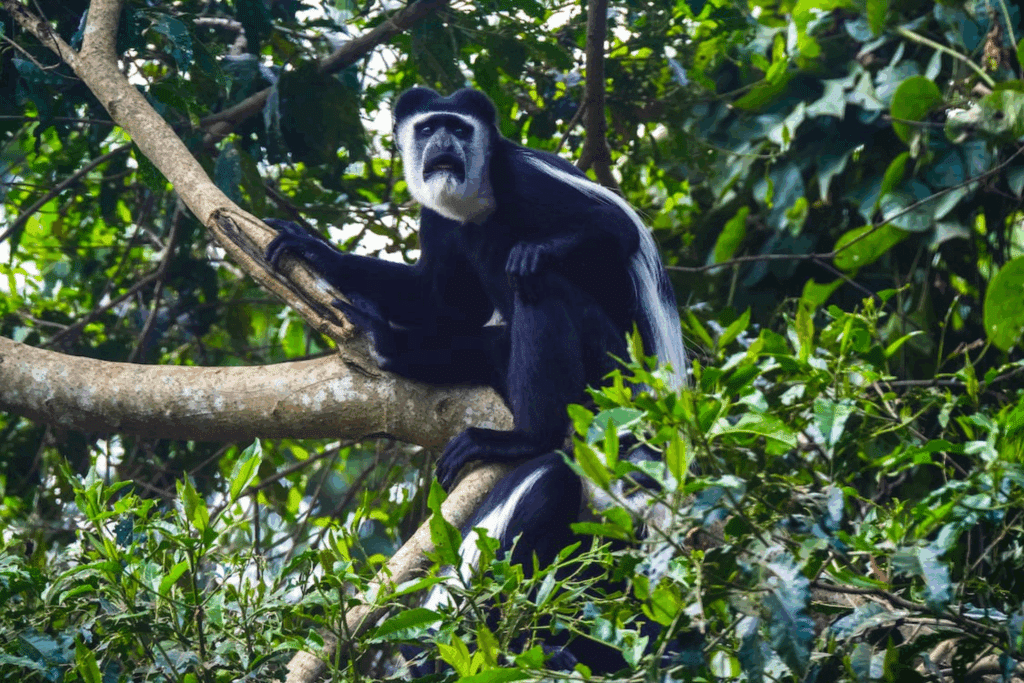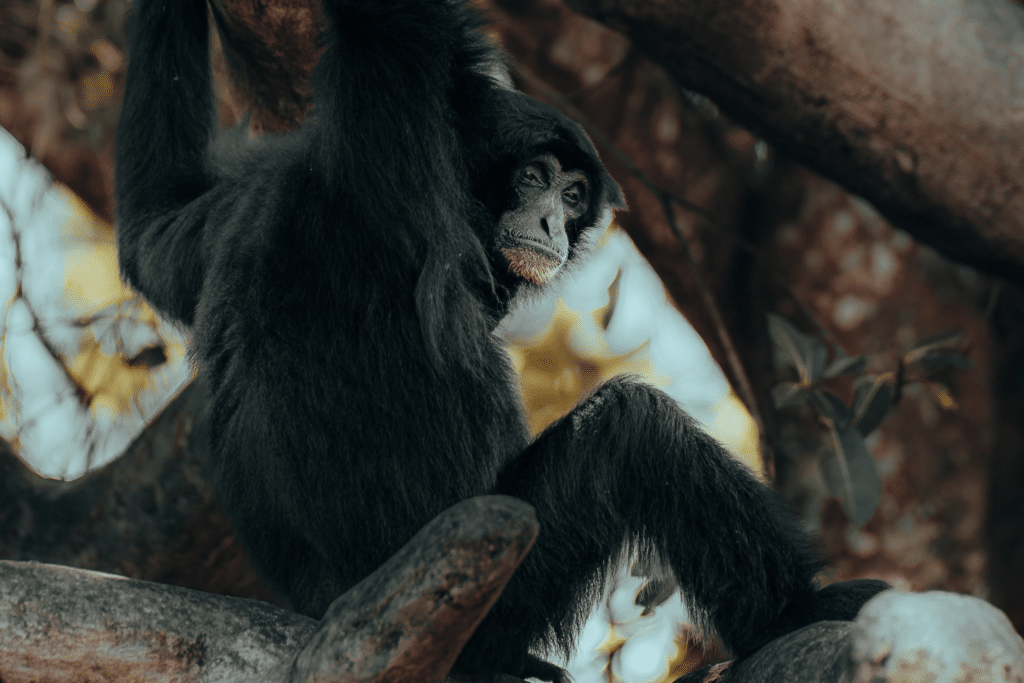When planning a safari, picking the best time to visit Tanzania is essential. The weather and the seasons can significantly affect seeing the animals and the stunning landscapes.
This means that it comes as little surprise that one of the most asked questions when booking a break in Tanzania is what time of year is best?
To help you plan the best break in Tanzania, we have compiled our guide to the best time of year to visit.
Quick overview: Best time to visit Tanzania
We often get asked, “When is the best time to visit Tanzania?” The answer, of course, depends on what you want to see and do while you’re here.
If you’re enthusiastic about incredible wildlife sightings or hope to witness the awe-inspiring great migration, the ideal time for visiting Tanzania may differ. Here’s a quick overview to help you plan your trip, focusing on wildlife viewing, calving, and dry and green seasons.
We have broken it down by these key seasons and what each offers, allowing you to plan smartly for your once-in-a-lifetime Tanzanian experience.
The best time to visit Tanzania during peak season: 16 December - February and June – October

One of the best times to visit Tanzania, especially for wildlife enthusiasts, is early June. This period marks the end of the long, country-wide wet season and notably coincides with the birthing season in many national parks, providing an extraordinary spectacle of life.
By late June, winter is setting in, leading to cooler, dry conditions while the peak tourist season comes into full swing. This doesn’t deter visitors, though, as this time is ideally suited for wildlife photography and safari game drives. It is also a popular time for hiking Mount Kilimanjaro.
Moreover, you can witness the famous great migration during these winter months. However, due to the high demand during this peak season, booking your safari and accommodation well in advance is highly recommended.
Highlights during these months
Fantastic wildlife sightings: Visiting during peak season allows you to experience Tanzania at its finest, including ample wildlife sightings and the stunning great migration from June to October.
Superb weather conditions: The peak season typically offers excellent weather, with drier and cooler temperatures providing the perfect environment for wildlife photography and safari game drives.
Witness the great migration: Between June and October, the Serengeti National Park hosts the dramatic, awe-inspiring great migration, where wildebeest, zebras, and other animals journey across the Mara River.
Climbing Mount Kilimanjaro: The drier conditions during the peak season make it an ideal time for trekking and climbing Mount Kilimanjaro, with clearer skies and a higher chance of reaching the Kili summit.
Birthing season: From December to February, many national parks experience the birthing season for various animals, providing a unique opportunity to witness young wildlife up close.
Remember that the peak season means higher prices and more visitors due to its popularity. It’s essential to book your accommodations and safaris well in advance to secure your spot.
The best time to visit Tanzania during high season: March and November - 15 December
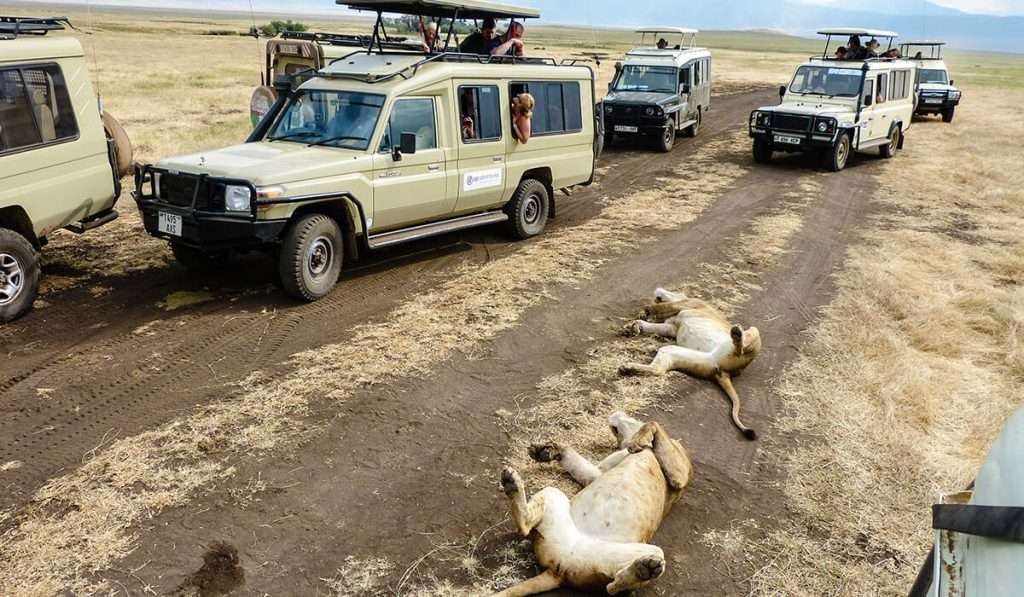
The high season in Tanzania begins just as the peak season winds down, leading to reduced accommodation prices and thinner crowds. This transition phase, often marked by the short rainy season, is ideal for bird watching as many species are particularly active.
Interestingly, this period also aligns with the great migration in the Serengeti National Park. In this truly spectacular event, animals, particularly wildebeest, make their daring river crossing at the Mara River. This, combined with the more dispersed crowds, ensures you won’t need to vie for viewing spots.
The weather during this high season provides excellent conditions for wildlife viewing. Given the myriad activities and favourable conditions, this season is a perfect time to plan a safari trip to Tanzania.
Highlights of these months
Less crowded: As this period falls just after the peak season, there are fewer tourists, making the experience more intimate and less crowded.
Bird watching: The beginning of the rains in March marks the arrival of many migratory bird species, making this period a great time for bird watching.
Lower prices: With the reduction in tourist numbers, prices for accommodation and safaris tend to drop, making it a more affordable time to visit.
Wildlife visibility: As the water sources shrink after the wet season, animals tend to congregate around remaining water bodies, increasing the chance of wildlife sightings.
Short rainy season: The short rainy season that begins in November brings a new lease of life to the parks. The landscapes get a fresh coat of green, and it’s a great time to witness the richness of Tanzania’s vegetation.
Idyllic weather: The weather during this season is generally comfortable, with a mix of rain showers and sunny spells, making it a pleasant time to visit.
Nature’s spectacle: The short rains trigger the dramatic wildebeest return migration to the Serengeti. This is another chance to witness nature’s spectacle if you missed it in the peak season.
Remember, while planning for a visit in the high season, come ready for some rain showers and ensure your itinerary is flexible to accommodate weather uncertainties. Booking in advance is still recommended.
Low season: April – May

This particular time of year is seen as the low season in Tanzania. If the warm temperatures and occasional rain don’t faze you, it’s a great time to take advantage of cheaper travel costs and fewer tourists.
This period is especially enticing for birdwatching enthusiasts, as many migratory species arrive during the rainy season. While the High Season might be better suited for beach-goers and sun-seekers, those genuinely interested in Tanzania’s wildlife might find the low season a hidden gem.
After all, why skip the unique opportunity to witness the diverse array of migratory birds and rich biodiversity that calls this beautiful part of the world home? Embarking on a Tanzania safari will allow you to venture through all the parks, each boasting unique wildlife and landscapes.
Moreover, visiting during the long wet season can provide a distinctive and lush backdrop to your adventure, further enhancing the splendour of your experience.
Highlights of these months
Fewer crowds: As it coincides with the long rainy season in Tanzania, there are fewer tourists, which means more intimate wildlife encounters and less crowded popular spots.
Cost-effective: Being the low season, prices for flights, accommodation, and safaris are typically lower, making your trip more economical.
Birdwatching: This period sees the arrival of migratory bird species, making it a perfect time for birdwatchers to enjoy these magnificent creatures in large numbers.
Lush landscapes: The long rains bring a freshness to the landscape, with the scenery brimming over with vibrant and lush vegetation.
Flourishing fauna: The rainy season is a time of plenty for many animal species. This means that due to the abundant food supply, there’s an increase in animal activity.
Unexpected Mara River crossing: Upon the onset of rains in April, a smaller migration, often called ‘counter-migration,’ occurs with some herds crossing the Mara River back into the Serengeti from the Masai Mara.
Great photography: The dramatic skies and softer light that come with the rainy season offer unique, spectacular photographic opportunities.
Though the low season might be perceived as not ideal for a safari due to the rains, with the right gear and mindset, it can be an extraordinary and unique wildlife experience with fewer crowds, lower prices and incredible birdlife. Be aware that some lodges close during this time, so check the availability before you plan your trip.
Conclusion
If you’re looking for a month-to-month breakdown, you can check out our blog here. The important thing to remember about travelling to Tanzania is that booking a safari there is a great idea, no matter what time of year it is.
Of course, certain times of year are going to be better to travel there than others, however, any season or month is going to be the perfect time to see some of the most beautiful animals up close and personal in their natural surroundings.
Frequently Asked Questions – The Best Time To Visit Tanzania (FAQs)
What is the best time of the year to visit Tanzania for a safari?
The best times to visit Tanzania for a safari are during the two peak seasons: December to February and June to October. These periods offer the perfect weather conditions, with drier, cooler temperatures ideal for game viewing and wildlife photography.
Both periods also coincide with significant wildlife events, such as the great migration and the birthing season of various animals. Remember that peak season attracts more extensive crowds and higher prices, so booking your accommodations and safaris well in advance is essential.
When can I witness the great migration in Tanzania?
The great migration in Tanzania, labelled the world’s greatest natural spectacle, happens yearly due to wildebeests and other migratory species on the move. These animals follow seasonal rains to discover fresh grazing grounds, turning this site into a significant annual event.
The spectacle’s most remarkable and dramatic facet occurs between June and October when the herds take a daring journey across the Mara River. To witness this thrilling scene of nature in action, a truly mesmerising experience, plan a visit to the Serengeti National Park during these specific months.
What is the best time to climb Mount Kilimanjaro?
If you plan to conquer Mount Kilimanjaro, aim for the two dry seasons: January to February and June to October. These months bring more predictable weather conditions and offer climbers the advantage of clear skies and minimal precipitation, significantly increasing your chances of reaching the summit.
However, undertaking this adventure successfully only partially relies on optimal weather conditions but also involves other essential factors. Your fitness level, proper gear, and booking with a reputable guide service are crucial for ensuring a rewarding and successful trek up the magnificent Mount Kilimanjaro.
Is it worth visiting Tanzania during the low season (April-May)?
Visiting Tanzania during the low season can be a rewarding experience due to fewer crowds, lower prices, lush landscapes, and vibrant birdlife. The long rainy season, from April to May, coats the landscapes in green hues, offering a fresh perspective compared to the dry months.
While certain lodges may close during this period, and the rains can affect travel and game viewing, the benefits of a more affordable and intimate experience can outweigh the drawbacks, especially for the well-prepared and adventurous traveller.
Are there any safety concerns or travel restrictions during the different seasons in Tanzania?
Tanzania, known for its vibrant culture and scenic beauty, typically provides visitors with a secure and hospitable environment throughout the year. However, during the monsoon months, certain regions might face weather-related issues such as floods and deteriorated road conditions, making travel difficult.
Therefore, it’s crucial to remain updated about the weather forecast for your travel dates. In addition, potential tourists should seek advice from local authorities to understand the on-ground situation better.
Lastly, partnering with a trusted tour operator can ensure a delightful and worry-free Tanzanian adventure. This way, the joy of exploration is not compromised, and safety is prioritised.
How is the weather in Tanzania during the high and peak seasons?
Tanzania’s high season, stretching from March to mid-December, offers an intriguing mix of occasional rain showers broken up by pleasant sunny intervals, creating advantageous conditions for exploratory adventures. During this period, tourists can enjoy cooler temperatures that facilitate comfortable sightseeing.
The peak season spans from mid-December to February and June to October, treating visitors to a distinct, cooler, and less humid climate. This period offers optimal conditions for photography enthusiasts and animal lovers alike, with its dry landscapes enhancing the opportunities for outstanding wildlife photography and thrilling safari game drives.
Are there any special precautions I need to take during the rainy season?
Preparing for intermittent rain showers, muddy terrains, and potentially harsh travel conditions is vital during the rainy season. Ensure you have adequate waterproof gear and sturdy shoes to withstand extreme weather conditions, and maintain a flexible travel schedule to allow for unexpected changes.
Regularly checking weather updates is crucial in staying ahead of possible severe weather disruptions. To further ensure a smooth journey, book your trip through a reputable tour operator with effective contingency plans for handling extreme weather situations.
When is the best time for birdwatching in Tanzania?
The best times for birdwatching in Tanzania are during its rainy seasons. These happen from April to May and in November. When it rains, many different birds from other places come to Tanzania. This creates a fantastic sight.
During these times, Tanzania is home to many types of birds from different places. For bird lovers, this is an exceptional experience. They can see lots of other birds in one place.
When is the best time to visit Tanzania for beach and island activities in Zanzibar?
Beach and island activities in Zanzibar are most enjoyable during the drier months, from June to October and December to February. You can expect beautiful weather, warm ocean temperatures, excellent sunbathing, swimming, snorkelling, and diving opportunities during these periods.
Does accommodation in Tanzania have seasonal rates?
Yes, accommodation in Tanzania typically has seasonal rates, with peak season prices higher than those in the high and low seasons. Research and book well in advance, particularly during peak seasons, to secure your preferred lodging and benefit from promotional offers.
What activities can I participate in during the different seasons in Tanzania?
Activities in Tanzania vary depending on the season. During the peak season, popular activities include game drives, wildlife photography, hot air balloon rides, hiking, and climbing Mount Kilimanjaro.
Some highlights are birdwatching in the high season, witnessing the wildebeest return migration, and enjoying verdant landscapes. In the low season, more emphasis is on birdwatching, photography, and immersing in the lush green environment.
Are certain areas or parks better to visit during specific seasons in Tanzania?
Different parks in Tanzania have varying conditions and wildlife events throughout the year. For example, the Serengeti is renowned for hosting the great migration from June to October, while the Ngorongoro Crater is a year-round wildlife destination. It’s wise to research each park’s unique offerings for your chosen travel dates before planning your itinerary.
Should I book a Tanzania safari during peak or high season if I prefer fewer tourists?
If you prefer fewer tourists during your Tanzania safari, consider booking your trip during the high season (March and November – 15 December) or the low season (April – May). While the weather is unpredictable, you can enjoy a more intimate wildlife experience and reduced accommodation prices during these periods.
Can I take part in cultural experiences throughout the year in Tanzania?
Cultural experiences such as visiting local villages, attending cultural performances, or participating in traditional customs can be enjoyed in Tanzania throughout the year. However, be mindful of seasonal weather changes that may impact outdoor activities and cultural events.
Are there any advantages of visiting Tanzania in each season?
Each season presents unique advantages for visiting Tanzania. Peak season offers ideal weather, incredible wildlife sightings, and many outdoor activities.
Fewer crowds, lower prices, and a vibrant birdlife scene characterise the high season. The low season is a quieter time to visit, with cost savings and lush landscapes providing a fresh perspective on this captivating country.

















